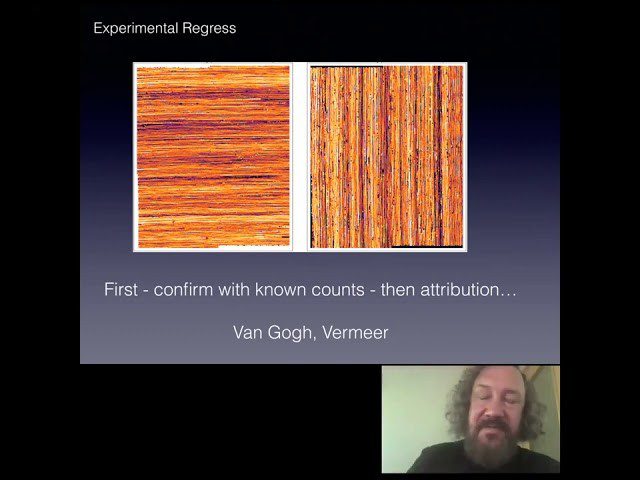Technological Revolutions and Art History, 美国第一民族不为人知的故事: Tianna Uchacz
Tianna Uchacz
呼叫和响应: Collaborative Research Among Art Historians and Technologists
In April 2020, the Technological Revolutions and Art History committee circulated a questionnaire to assess current technology uses, collaborations, an needs among art historians working in a variety of professional spheres. This presentation surveys the results and identifies areas for future development
and collaboration among art historians, data scientists, computer engineers, and technologists. It also summarizes some of the reported challenges to such interdisciplinary work and thereby suggests areas where cultural and professional institutions might focus to facilitate new research.
About Technological Revolutions and Art History
Historically, science and the humanities were not thought of as two separate disciplines. In the 21st century, an unusual divide in the field of art history has been created between technically savvy scholars and those for whom it seems anathema. This conference seeks to encourage art historians to connect with the computer sciences in the 21st century both by reminding them that technology has always played a significant role in the pursuit of their field, and by providing an opening for them to be a part of the conversations that need to happen between practitioners in both areas.
The first day of the symposium featured guests from leading American universities who examined how science and technology have been historically linked to art history, thus providing participants with a background for an exciting discussion of the current status of digital art history (DAH). Speakers included Professors Jessica Riskin of Stanford University, Alison Langmead of the University of Pittsburgh, Tianna Uchacz of Texas A&M University, and Park Doing and C. Richard Johnson Jr. of Cornell University.
Thursday, 万辛克 15, 2020
The Frick Art Reference Library and The Museum of Modern Art









